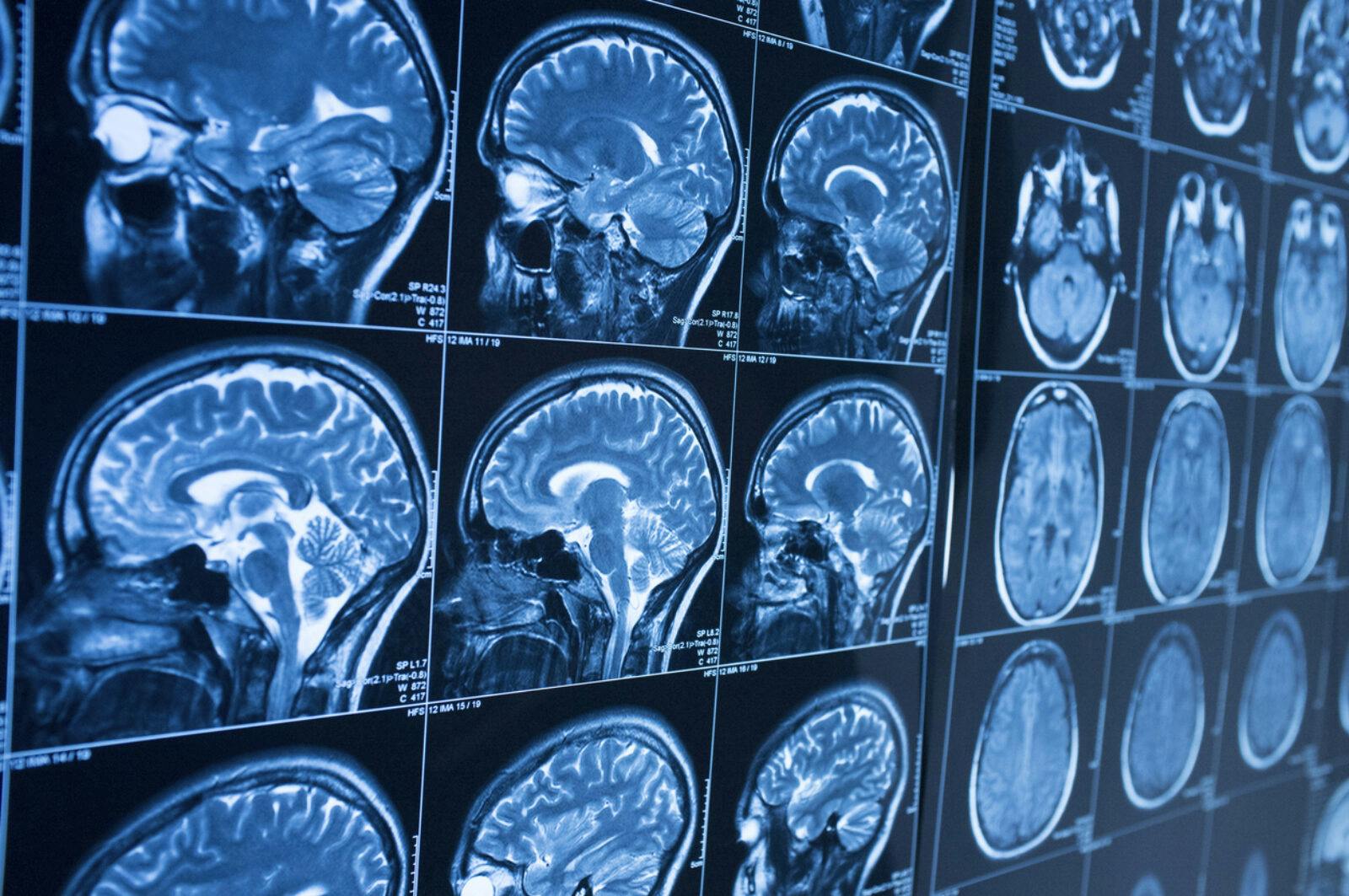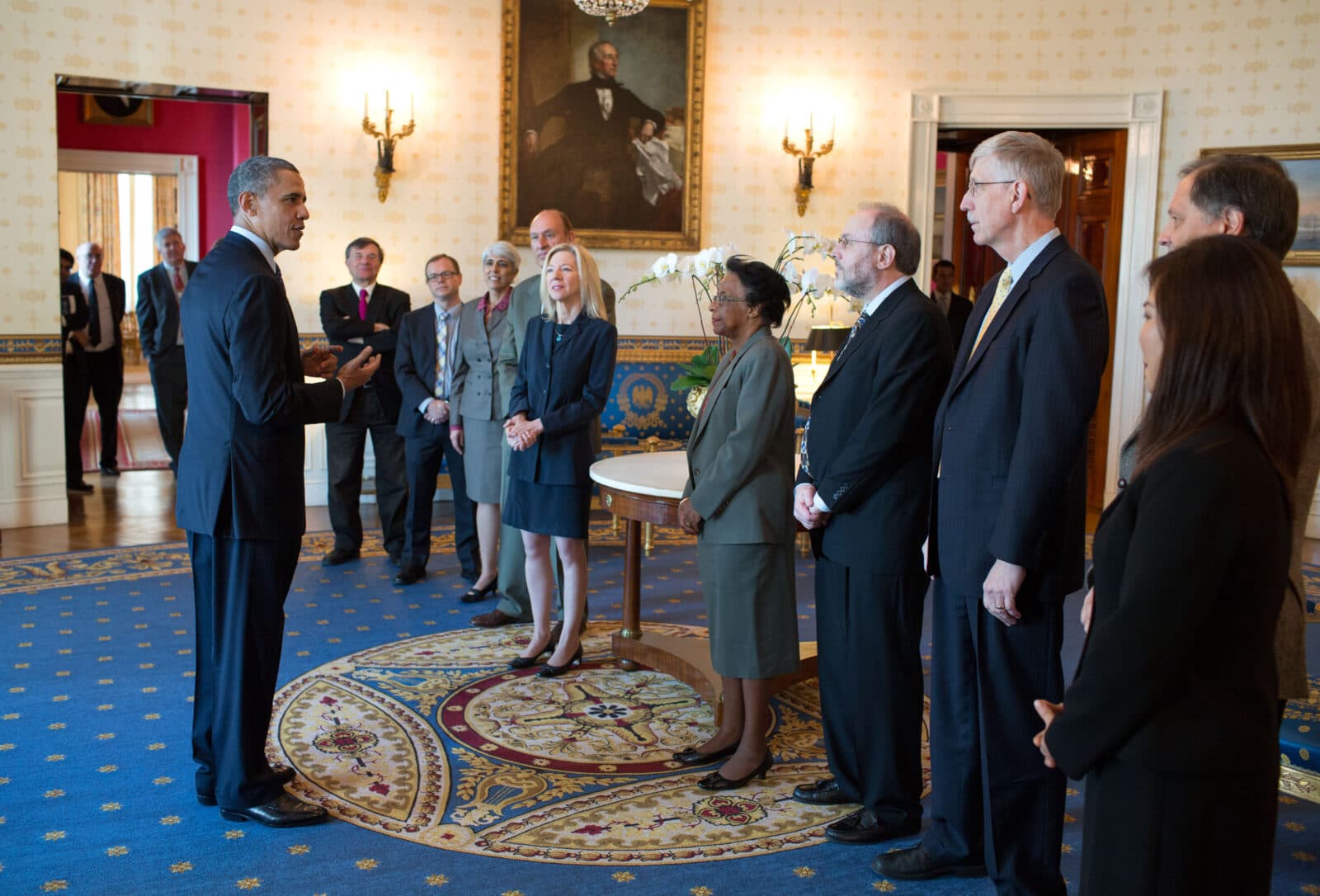Unlocking the Mysteries of Human Brain
by The Kavli Foundation
The Kavli Foundation Applauds Announcement of U.S. BRAIN Initiative

The Author
The Kavli Foundation applauds today’s launch by President Obama of his Administration’s ambitious research effort to understand the brain by deciphering the brain’s activity that gives rise to our perceptions, our experiences and our consciousness. The effort, called the Brain Research through Advancing Innovative Neurotechnologies Initiative—or BRAIN Initiative—is a broad, collaborative research initiative to advance the science and technologies needed to unlock the mysteries of the human brain.
It is a tremendous honor to be partnering with President Obama on our efforts to advance science for the benefit of humanity and for our commitment to continue this important work in support of the BRAIN Initiative
Fred Kavli, founder and chairman of The Kavli Foundation
“We believe strongly that science is the key to a better world and better quality of life for all," said Kavli. "Basic science research has a particularly unique role in enabling the advancement of society. Only by exploring uncharted frontiers can we make the discoveries that become the foundation for making life better for future generations, ranging from new treatments for diseases to more efficient sources of energy to so much more.”
“The Kavli Foundation is honored to be here with the many scientists gathered today to advance this scientific Grand Challenge,” said Robert W. Conn, president of the Foundation, attending the announcement from the White House. “Science is essential to improving our understanding of the world we live in, and the quality of life we experience when compared to just a hundred years ago. These days, great initiatives can only come from a broad partnership that brings together government, scientists, research institutions, industries, philanthropic foundations and of course the public. We look forward to continuing our support for this initiative because understanding the human brain is the most complex scientific problem today. To be in a position to learn about how the brain functions, and how and why it yields its amazing properties such as consciousness and deep thoughtfulness, is humbling yet terrifically exciting. It will be a long road but one that will yield not just understanding but insights into diseases of the mind that will one day relieve much human suffering.”

Stepping up to a Grand Challenge
Described by the President as a Grand Challenge of the 21st Century, the BRAIN Initiative builds on a solid foundation of collaborative work already underway in the neuroscience and nanoscience communities, including a 2011 meeting of 13 neuroscientists and 14 nanoscientists at the Kavli Royal Society International Centre outside of London entitled, “Opportunities at the Interface of Neuroscience and Nanoscience.” During this meeting, the idea of mapping the functioning brain was discussed—a concept that has been described by some as “the Holy Grail” of neuroscience.
Scientific discussions continued over the course of almost a dozen formal and informal meetings, scores of teleconferences, a number of Kavli Futures Symposia and published science papers. Eighteen months later, the Brain Activity Map Project proposal would prove important to the scientific thinking behind the BRAIN Initiative, as well as a major catalyst for its launching.
“Nanoscience and neuroscience are in particular two fields that can move in incredible directions if they do so together. Nanoscientists can now develop tools once unimaginable and those tools can transform the measurement of brain activity,” said Robert W. Conn, president of The Kavli Foundation. “This is why The Kavli Foundation proposed and then co-sponsored the 2011 symposium. When ideas about how to move forward on such a complex and important research topic emerged –ideas that came from the scientists themselves – we were immediately excited.”
It was an excitement that then translated into a series of compelling discussions and catalytic meetings. “We want to understand the brain to know how we reason, how we memorize, how we learn, how we move, how our emotions work. These abilities define us, yet we hardly understand any of it," said Miyoung Chun, vice president of science programs at The Kavli Foundation. "An interdisciplinary network of scientists and engineers working together could make new, powerful prosthetics, lead to new treatments of devastating brain disorders, create improved educational strategies, and smart technologies that mimic the brain’s extraordinary abilities.” Chun worked closely with the scientists and was a co-author of subsequent papers on relevant topics. The efforts of the scientists would be crucial to propelling the thinking and proposal processes that are today supporting scientific work advancing the BRAIN Initiative.
Current techniques allow neuroscientists to capture live signals either from just a few hundred neurons at a time or from large swathes of brain topography at once, but neither scale is sufficient to yield a comprehensive picture of brain activity. Instead, researchers believe that the activity generated by large assemblies of thousands or millions of neurons holds the key to understanding how the brain’s physiology gives rise to cognition and consciousness. Charting the activity of entire networks of neurons “is the major thing to be done to make a breakthrough in our understanding of how the brain works,” according to proposal proponent John Donoghue, Director of the Institute for Brain Science at Brown University, a neuroscientist who studies how the brain encodes information and develops prosthetic devices for patients with paralysis.
The idea of mapping the functioning brain—a concept that has been described by some as “the Holy Grail” of neuroscience—was discussed by scientists at the very end of the 2011 symposium, which also covered topics such as tool and technology development for measuring and instigating brain cell activity, and the incredible amount of data that such efforts would generate.
Scientific discussions continued over the course of almost a dozen formal and informal meetings, scores of teleconferences and a number of published science papers, including a June, 2012 article published in the journal Neuron, titled “The Brain Activity Map Project and the Challenge of Functional Connectomics”—all of which are important inputs to the scientific thinking behind the BRAIN Initiative.
“A Tremendous Honor”
Among those attending the President's announcement in the White House were the scientists who propelled the Brain Activity Map project. On behalf of The Kavli Foundation, joining Foundation President Robert W. Conn was joined by Vice-Chairman of the Board Rockell N. Hankin, Board Director Thomas Everhart, and Vice President of Science Programs Miyoung Chun.
“On behalf of the Foundation, let me express what a tremendous honor it is to attend the White House announcement today and witness the launch of this truly grand and far-reaching national initiative. It is a Presidential initiative that I believe will inspire the nation about science,” said Conn. “Let me also congratulate the scientists whose vision, commitment and own dedication to science for the common good are contributing to this initiative. We are confident this effort will significantly improve our quality of life while fostering technological advancements that will be of extraordinary benefit to humanity.”
